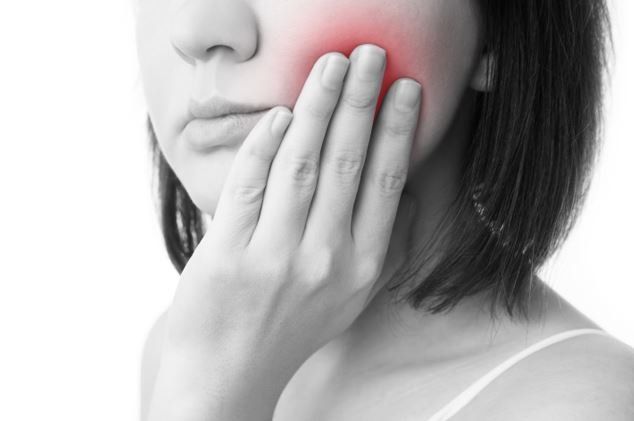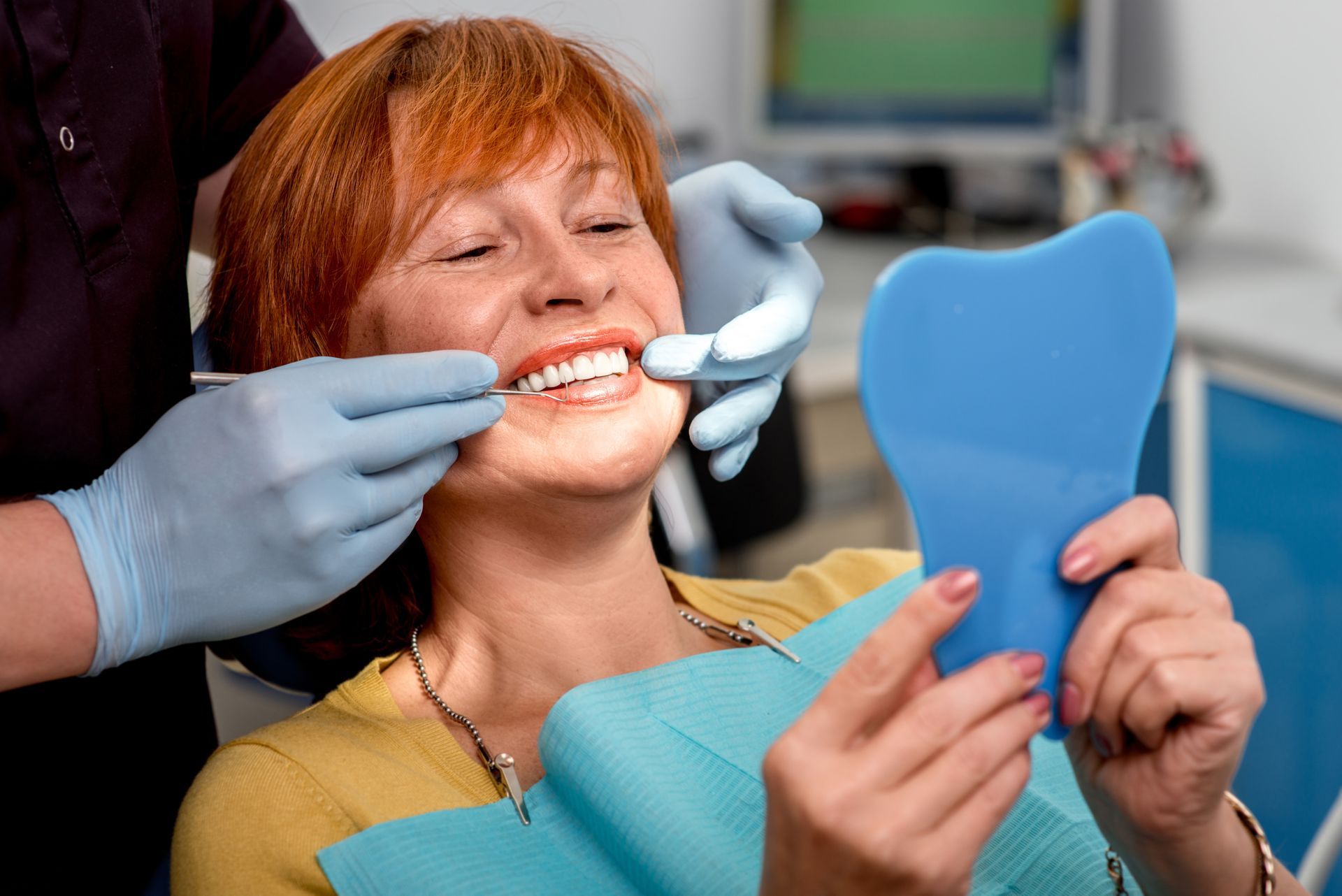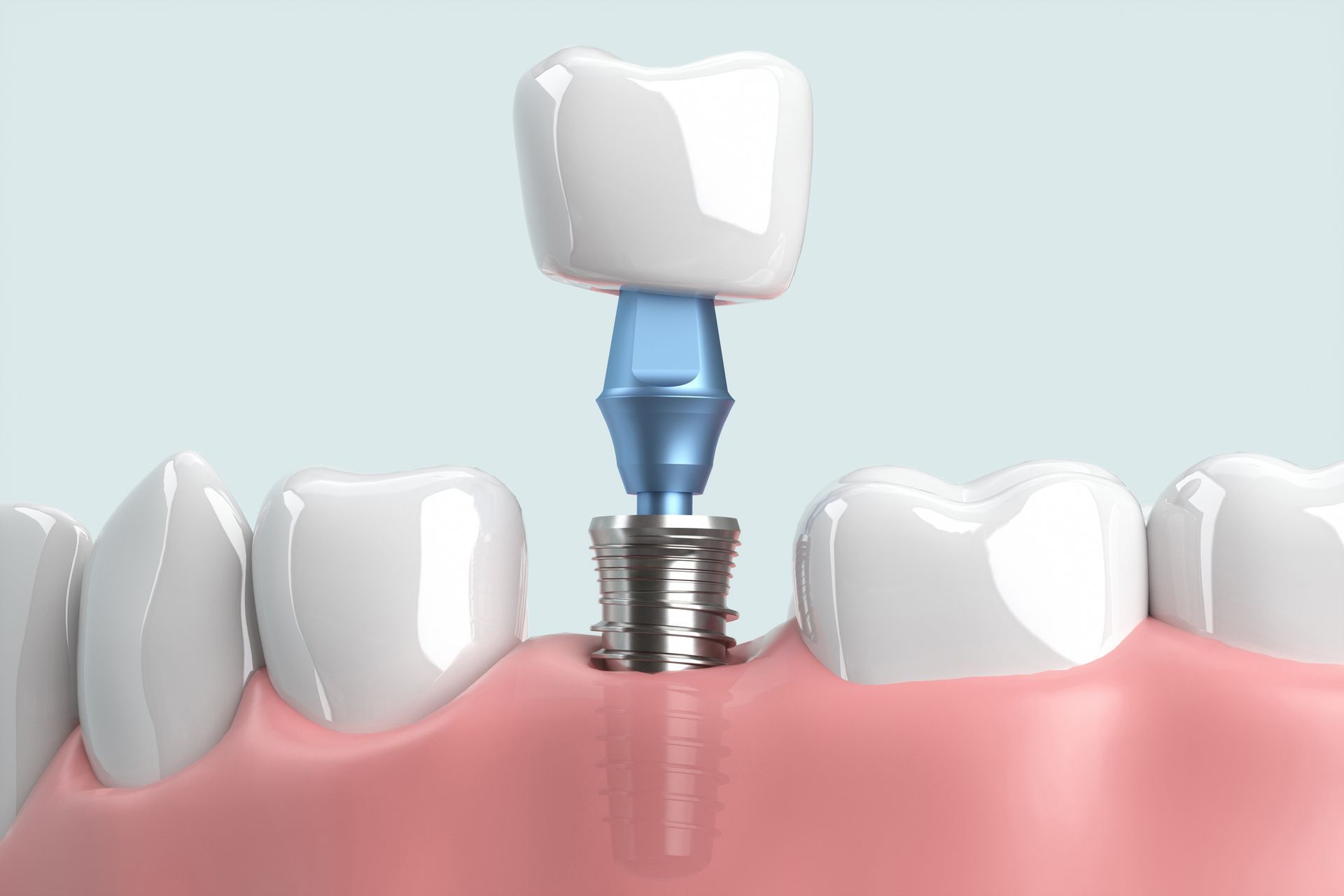4 COMMON CAUSES OF TOOTH PAIN
- By Admin
- •
- 14 Feb, 2020

Tooth pain can range from mild to severe. This pain might come and go, or it can be constant. Tooth pain may also be accompanied by other symptoms including fever, swelling inside the mouth, gum tenderness, and sensitivity to hot and cold foods and drinks.
Most people with mild tooth pain may choose to simply ignore it. This is not a good idea, however, as tooth pain is a sign that something is wrong with either your tooth or gums. If you are experiencing tooth pain, you need to see a dentist. The treatment you receive for your tooth pain will depend upon the cause. Here are four common causes of tooth pain.
1. Tooth Decay
Your tooth is covered by a hard outer layer called enamel. Bacteria that is found in plaque damages this enamel and can cause cavities to form. Cavities are another name for tooth decay. Many people mistakenly believe that only children get cavities. However, as people age, their gums recede away from their teeth.
Receding gums expose the roots of the tooth to plaque, which causes tooth-root decay. This type of tooth decay is fairly common for people over the age of 35. Untreated tooth decay not only causes pain, it can also result in tooth loss.
2. Dental Abscess
Bacterial infections can cause pockets of pus to form inside the teeth and gums. When this happens, it's called a dental abscess. Here are the three different types of dental abscesses:
- Gingival abscess. Occurs in the gum tissue only.
- Periodontal abscess. Occurs in the space between the gums and the teeth.
- Periapical abscess. Occurs in the tooth's soft pulp.
No matter what kind of dental abscess occurs, they are all going to be painful. In most cases, a dental abscess will cause severe, throbbing pain. Along with pain, other symptoms of a dental abscess include sensitivity, fever, swallowing difficulties, and a foul taste in the mouth.
Root canals are one way to treat a dental abscess. In some instances, it may be necessary to surgically remove the diseased tissue.
3. Damaged Filling
Tooth fillings are used to treat cavities. Although fillings are durable, they are still susceptible to damage. Some ways to damage a filling include:
- Chewing on hard foods or objects
- Grinding teeth
- Maintaining poor oral hygiene
- Using the teeth to open things
Tooth pain is one symptom of a damaged filling. Other symptoms might include feeling a jagged edge on the filling or an increased sensitivity to hot or cold foods and drinks. It's important to get a damaged filling replaced. If you don't, it can lead to problems such as the formation of bacteria between the tooth and the filling. This can result in tooth decay or a dental abscess.
4. Gum Disease
Also known as periodontal disease, gum disease is a bacterial infection that affects the gums. Periodontal disease can also affect the bone that surrounds the tooth. Gum disease advances from one stage to the next. The first stage is called gingivitis. Symptoms of gingivitis include red or swollen gums or gums that bleed when you brush or floss your teeth.
When left untreated, gingivitis turns into periodontitis. This stage involves receding gums. Another symptom of periodontitis is pain in the gums or teeth, especially while chewing. One of the most common types of treatment for gums disease is tooth scaling and root planing. In severe cases, surgical treatments may be necessary in order to prevent tooth loss.
If you have tooth pain caused by periodontal disease, contact Bradley Piotrowski, DDS, MSD, LLC. Along with effectively treating periodontal disease, we can also help determine any other causes of tooth pain and recommend ways to treat it.












